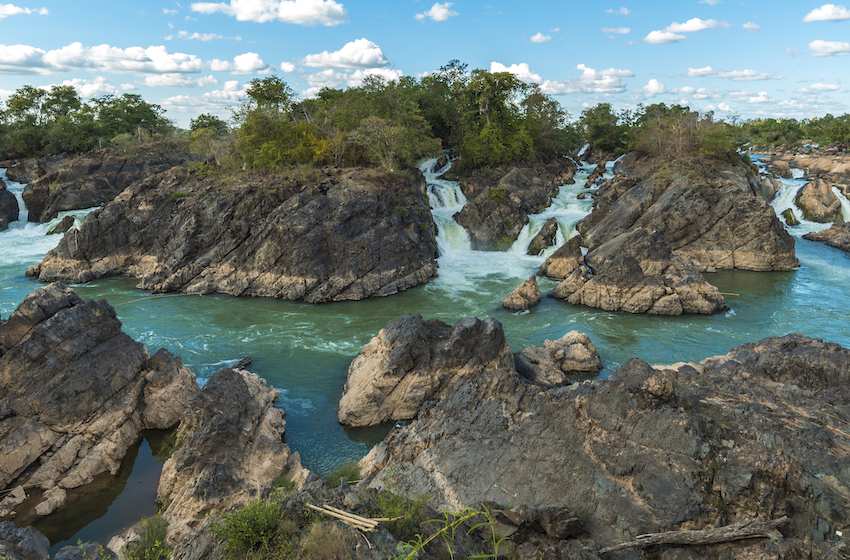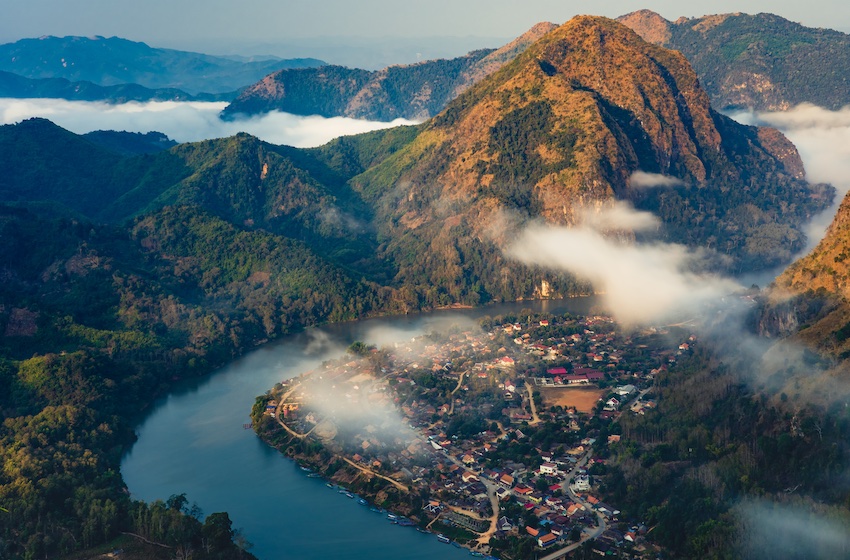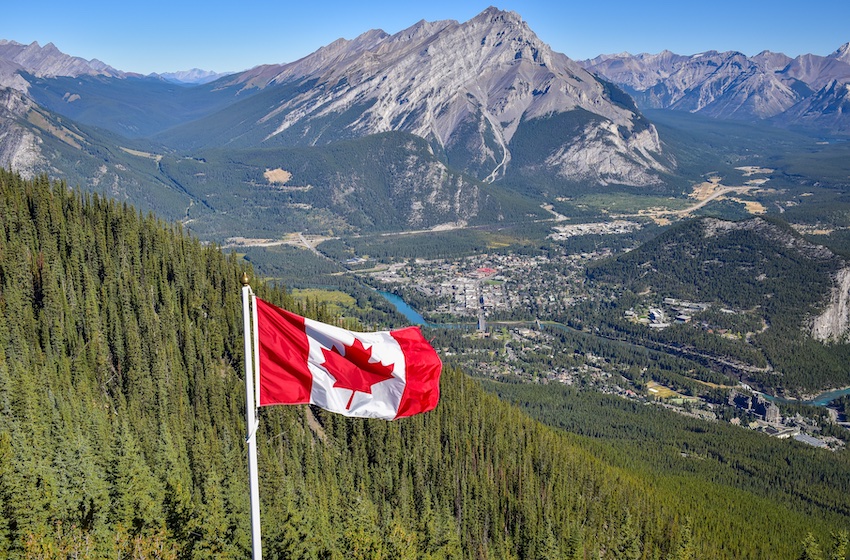Controversy Erupts Over Unfair Advantage of German Coal Miners in Renewable Energy Efforts
Less than a year after LEAG, a prominent German coal company, announced its intentions to convert its open-cast mines into wind and solar farms, concerns are growing about the potential exploitation of an unfair advantage by LEAG and other lignite miners in Germany’s pursuit of renewable energy. With the goal of obtaining 80% of its power from renewables by 2030, the German government views former mining areas as ideal for development due to the absence of local protests and the protracted approval process that often hinders new green projects. For companies like LEAG and RWE AG, prominent lignite miners, this presents a relatively expedient method of securing their business in a coal-free future.
LEAG CEO Thorsten Kramer referred to the company’s post-mining land assets as “gold dust” when announcing a €10 billion ($11 billion) investment plan to establish LEAG as the nation’s leading green energy provider. Subsequently, LEAG has commenced construction of Germany’s largest floating solar plant in a flooded lignite mine, and has recently received approval from LEAG owner EPH, the Czech energy group, to construct 17 wind turbines in a former pit. However, the swift approvals and substantial investments made by LEAG have raised concerns among smaller green developers and local governments in eastern Germany, where the opencast lignite mines are situated. This potential conflict was exacerbated when German Economy Minister Robert Habeck expressed his “full political support” to LEAG during a visit to the company’s Jaenschwalde power plant.
The designation of LEAG areas has sparked concerns among industry representatives and local government officials in Saxony and Brandenburg, the states where LEAG’s major operations are based. Gerd Lippold, Saxony’s deputy energy minister, emphasized the necessity of having a diverse range of players in the energy transition. Another challenging issue revolves around whether the miners possess the right to undertake such a comprehensive transformation. In former communist East Germany, land was often forcibly expropriated, and the process of post-Cold War restitution was frequently disorderly. As coal is phased out, questions arise regarding the miners’ obligations to their lignite legacy.
LEAG argues that its green initiatives will help attract industries and create jobs in economically disadvantaged eastern Germany. The company’s spokesperson, Kathi Gerstner, emphasizes the importance of every contribution in achieving Germany’s climate targets. This point holds significant weight for the central government, which has mandated the 16 states to allocate 2% of their land for wind energy by 2032. Saxony could have fulfilled this target immediately by allocating all the land to LEAG. However, due to concerns about the company’s dominance, the state pushed for an amendment stipulating that such areas would only count as half towards the goal.
Germany has proposed the inclusion of fast-track approval for lignite wind parks in federal law, a measure that mining states have rejected. Even with the authority to grant approvals at the regional level, states still face a dilemma: avoiding a green monopoly while risking delays in achieving renewable targets. In western Germany, where RWE plans to phase out its lignite business by 2030 and invest €4 billion in renewables, opposition is more subdued. This is primarily due to the smaller size of the areas involved and RWE’s establishment of wind farms with direct municipal participation, which enhances local acceptance, according to RWE spokesperson Guido Steffen.




